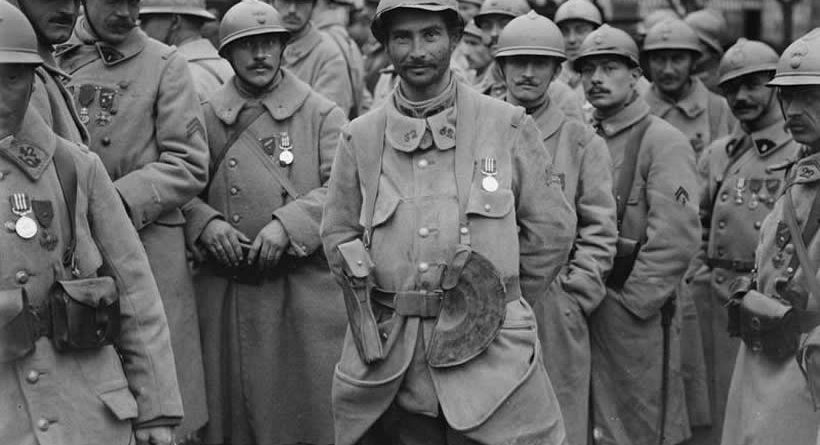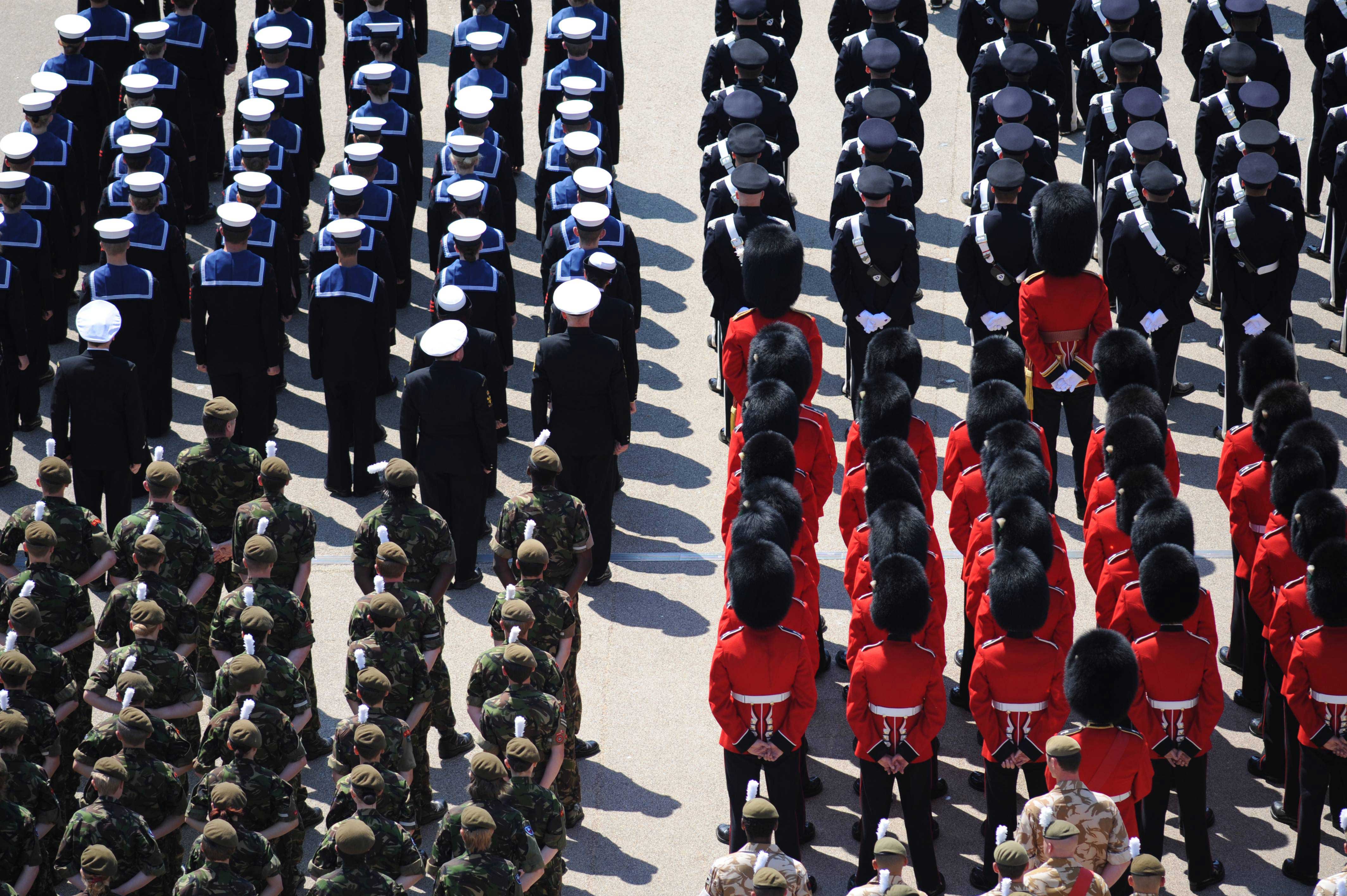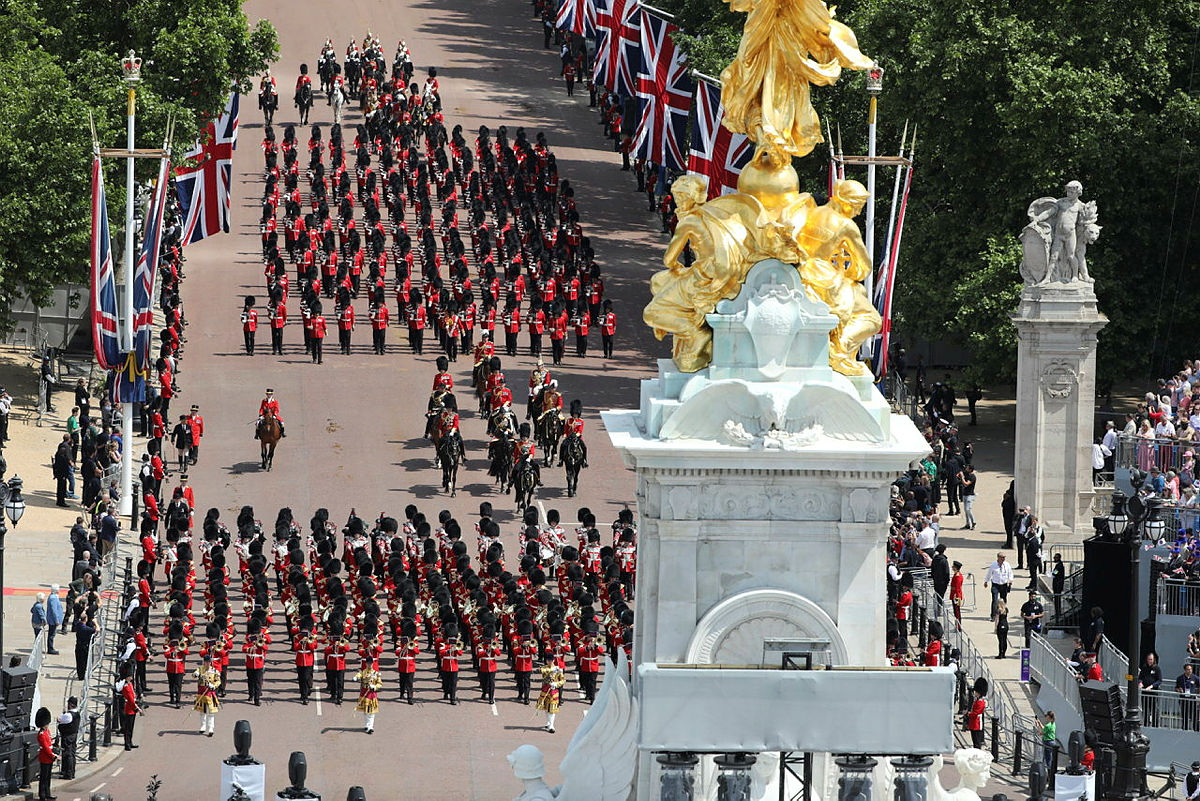The Military Medal (MM), created by King George V in March 1916, was a way to acknowledge the acts of bravery in war which were not considered worthy enough to receive a Distinguished Conduct Medal. Warrant officers, non-commissioned officers, and men on the recommendation of a Commander in Chief in the field were awarded this medal. During WWI, 108 members of the Royal Newfound Regiment received the Military Medal. A silver bar was also given out to eight of these recipients which signified subsequent acts of bravery.
The Military Medal is shown below feturing a picture of the sovereign. In the First World War this medal depicted a bare-headed King George V in a Field Marshall’s uniform. The reverse of the medal reads “For Bravery in the Field”, circled by a laurel wreath with the Royal Cypher and Imperial Crown on top.
The medal is displayed on a dark blue ribbon with red and white stripes. It is this medal ribbon which was made by Wyedean, formally known as Dalton Barton. Notes for this order are shown in the bottom right image.
Quotations and sample production took place in 1916. The top middle image with the ribbon design features King George V initials – G.R.I which stands for “George Rex Imperator”. Ribbon delivery to the War Office, now known as the Ministry of Defence (MoD), would commence 10 to 14 days after 2nd March 1916. The Dalton Barton factory was bombed during the WWII Coventry blitz on the 15th November 1940. The factory was destroyed along with all its archives, hence we have no records whatsoever dating prior to the air raid – except these.
It is noted in the letters from Buckingham Palace that the medals, produced by The Royal Mint, would take much longer to make. The King instructs that recipients of the award should receive the ribbon ahead of the medal – most likely because he knew that many were badly wounded and were unlikely to survive long enough to receive the medal itself.
“A soldier will fight long and hard for a bit of coloured ribbon” – Napoleon Bonaparte, July 1815.




